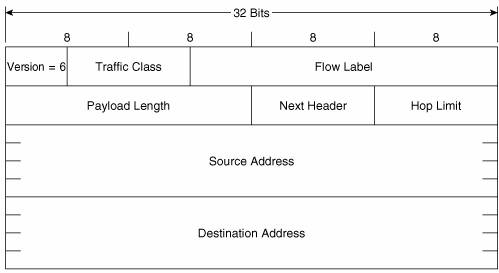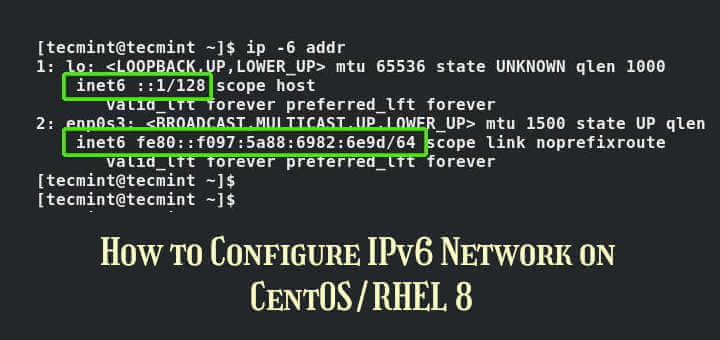

Question 21: The ACL does not filter the traffic that the device itself g. Question 20: What are the command line views exsiting on the VRP operatin. Question 19: Which of the following OSPF versions suit for IPv6?. Question 18: Router 1 routing table output information is as follows, whi. Question 17: The Router-ID of OSPFv3 can be automatically generated by th. Question 16: OSPFv2 supports IPv6 by adding new types of LSAs. Question 15: Which of the following PPPoE messages are sent non-unicast?. Question 14: Which of the following IPv6 addresses are link-wide multicas. Question 13: The MPLS label header is encapsulated between the data link. Question 12: When configuring a static route on a broadcast interface, yo. Question 11: The IP addresses of the VLANIF interfaces on the same switch. Question 10: Which of the following statements about the Spanning Tree Pr. Question 9: As shown in the following figure, host C is only required to. Question 8: Which of the following states does the STP protocol elect to. Question 7: Which of the following descriptions are incorrect about the. Question 6: In the following options, which is the necessary technology. Question 5: In which view can the administrator modify the device name f. Question 4: Which of the following statements about the TTL field in the. Question 3: As shown in the following figure, Switch A and Router A are. Question 2: On the network shown in the following figure, the administra. A packet that sent to a multicast address, is delivered by the interfaces identified by that multicast address.Question List (220q) 1 comment Question 1: If the command is executed on the router: user-interface max. IPv6 Multicast addresses are the addresses that has a prefix of FF00./8.

You can also test your IPv6 Knowledge on IPv6 Questions Page. Then, when a packet send to the anycast address, teh packet is delivered to the closest node.

This address is assigned to a set of interfaces that typically belong to the different nodes. But with IPv6 NAT you can use Unique Local IPv6 Address on Internet.Īnycast addresses are new address type of IPv6. They are used on local networks and they can not used on Internet. Unique Local IPv6 Addresses are like IPv4 Private addresses. They are only used for neighbour discovery and next hop configuration. Link-Local IPv6 Address is the local address assigned only in a single subnet. Global Unicast IPv6 Address has the prefix 2000::/3. But this time, this address space is very big and cover all of the devices that use IP address. This address type is like IPv4 Public addresses. Let’s check all these IPv6 Address Types deeply. IPv6 has Unicast address similar to IPv4 Unicast address, but it has also other new unicast addresses. These addresses are start with “0000 0000” at first 8 bits. Now, let’s explain these IPv6 Address Types and their Sub Types detaily. Mainly, there are four Address Types in IPv6. You can also learn Cisco IPv6 Configuration With Packete Tracer Let’s see all these address types one by one. Some of the concepts like public and private addresses will still remain in IPv6. This is anycast address.īy the way in IPv6, there is no Broadcast Address type.

One additional address type is also in IPv6 world. Still multicast addresses are being used but with different addresses. There are still unicast addresses in IPv6 world but this time there will be one more Unicast address types. IPv6 has some similar and some different address types than IPv4.


 0 kommentar(er)
0 kommentar(er)
